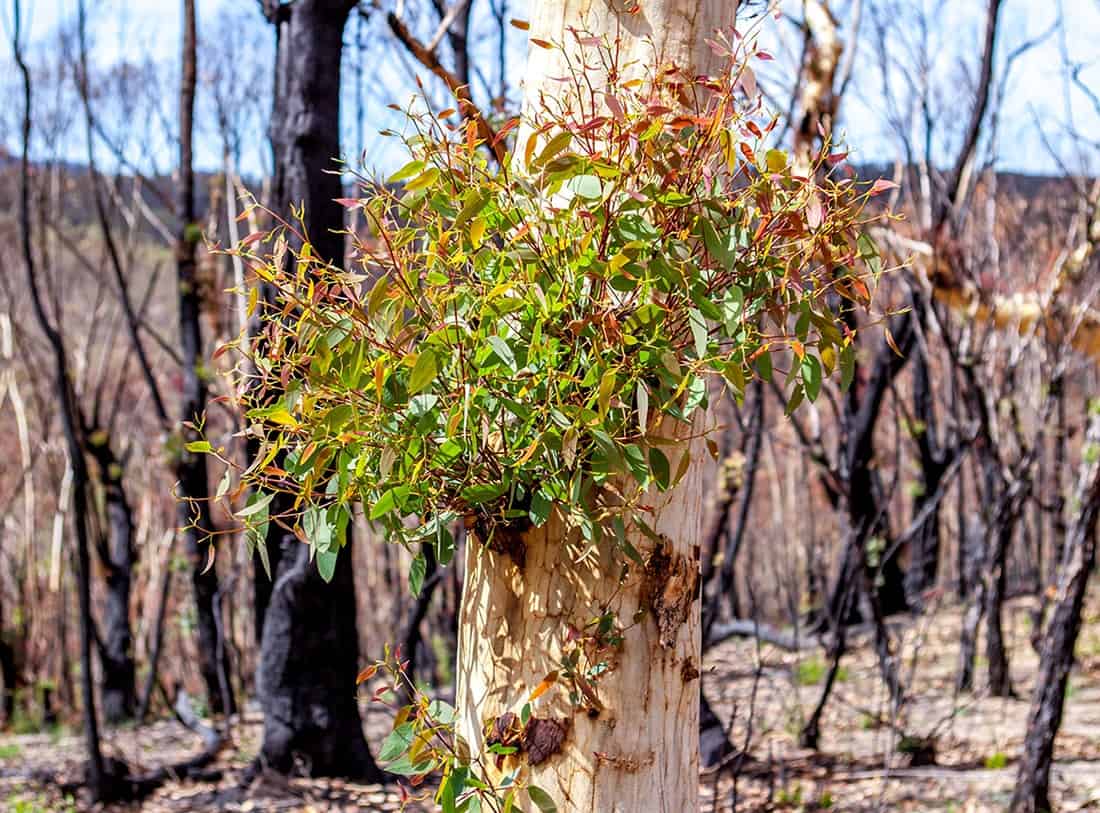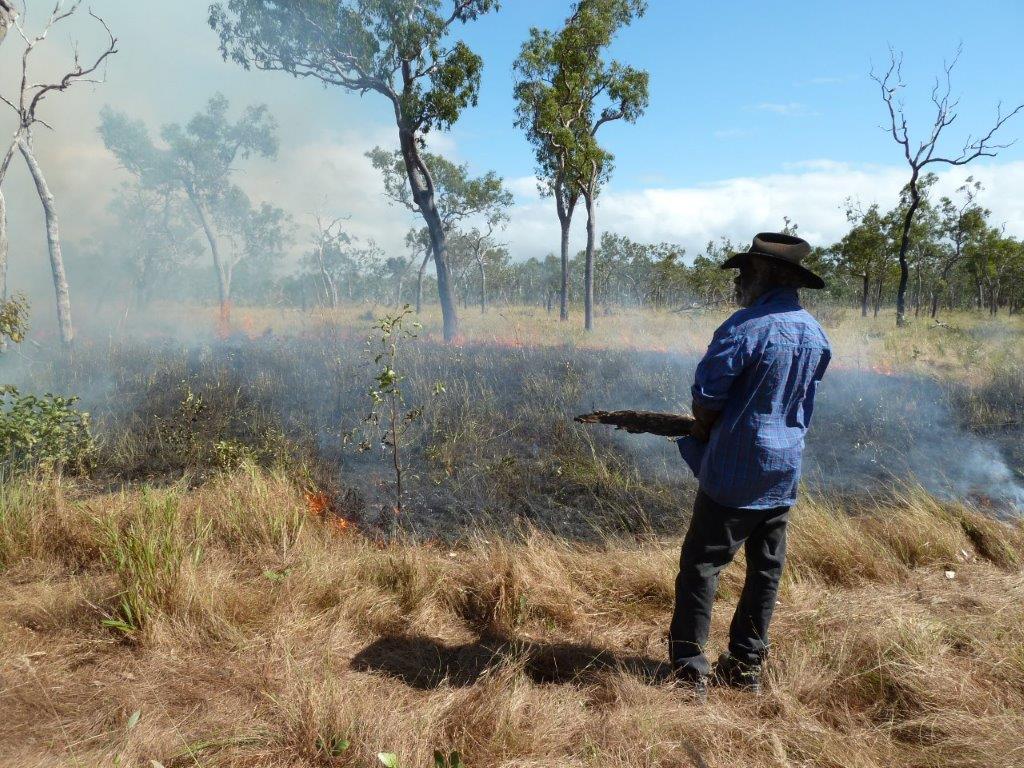When Europeans first arrived in what would become New South Wales, early explorers used words like ‘parkland’ and ‘park’ to describe the landscape.
They saw open grassy plains dotted with trees that were the result of fire practices used by the local Aboriginal peoples.
Many Aboriginal peoples are skilled in the use of fire to manage the land.

For example, the Gumbaynggirr and Banbai groups of the Mid North Coast used to burn the Country to allow species to regenerate and to manage weeds.
This in turn shaped the landscape that in many ways was favourable for koalas: abundant gum trees replenished by fire and ground clear of undergrowth for ease of movement between trees.

Eucalypt forests are well adapted to fire. Fire leads to increased productivity, increased flowering, seed release and dispersal and improved germination. All of this helps koalas.
Fire regime is a term used to describe the pattern, frequency and intensity of fires in an area over a long period of time.
Fires in the cooler months burn at cooler temperatures. This means less intensive burns, and allows more time for animals to escape.
Traditional practices keep the fire at a ground level, ensuring tree dwellers such as koalas can escape up trees to avoid the flames.
Cultural burns also account for breeding seasons when animals are supporting their young. This practice helps avoid fire impacts on young koalas and other animals.
Cultural burning still continues today, albeit in far smaller patches of the landscape. The Biraban Fire Project in Mandalong in the Hunter region is an example of modern cultural fire management by the local Biraban people.
Visit Firesticks Alliance Indigenous Corporation to learn more about an Aboriginal-led network promoting cultural burning to care for Country.
